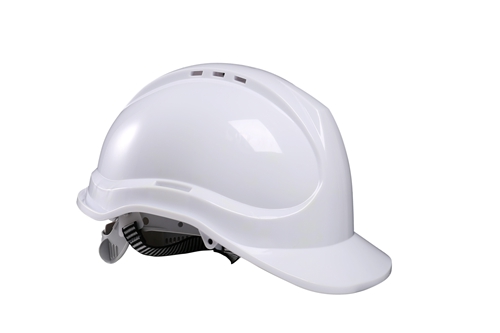Ensuring Chemical Safety in the Workplace with Proper Helmet Usage and Personal Protective Equipment
The Importance of Chemical Safety Helmets in the Workplace
In various industries, particularly those dealing with hazardous materials, ensuring the safety of workers is of paramount importance. Among the essential pieces of Personal Protective Equipment (PPE), the chemical safety helmet stands out as a crucial component designed to protect employees from chemical exposure and physical injuries. This article delves into the significance of chemical safety helmets, their features, and best practices for use in the workplace.
Understanding Chemical Safety Helmets
Chemical safety helmets are specialized headgear designed to shield the wearer from chemical splashes, harmful particles, and impact hazards. Unlike standard helmets, these helmets are often constructed from advanced materials that provide not only robust mechanical protection but also resistance to a variety of chemical agents. This makes them invaluable in settings such as laboratories, chemical plants, and construction sites where hazardous substances are commonplace.
The design of a chemical safety helmet typically includes a hard outer shell, a comfort liner, and a suspension system that helps absorb shocks. Many models also incorporate face shields or visors that protect the face and eyes from splashes and airborne particles. These helmets are often adjustable to fit a range of head sizes and may feature additional ventilation to ensure comfort during prolonged use.
The Role of Chemical Safety Helmets in Workplace Safety
The primary purpose of a chemical safety helmet is to prevent injuries that could arise from exposure to hazardous chemicals or falling objects. In industries where chemicals are used, even a small spill can lead to severe consequences, including burns, respiratory issues, or long-term health complications. By providing a physical barrier, these helmets help mitigate risks and promote a safer working environment.
chemical safety helmet

Moreover, wearing a chemical safety helmet is often a legal requirement dictated by occupational health and safety regulations. Employers are obligated to provide appropriate PPE, including helmets, to ensure their employees are protected from known hazards. Compliance with these regulations not only safeguards the health of the workforce but also protects the company from potential legal ramifications and financial losses due to workplace injuries.
Best Practices for Using Chemical Safety Helmets
To ensure maximum protection, it is essential to follow best practices when using chemical safety helmets. Firstly, workers should undergo proper training on how to wear and adjust the helmet correctly. A well-fitted helmet is vital for optimal protection. Additionally, users should inspect their helmets regularly for any signs of wear and tear, such as cracks or chemical degradation, and replace them as necessary.
It is equally important for organizations to implement a comprehensive PPE program that includes regular training sessions and safety audits. Employees should be educated about the specific hazards they may encounter and the importance of using the correct PPE in these situations. This proactive approach to safety fosters a culture of awareness and responsibility among workers, ultimately leading to a decrease in accidents and injuries.
Conclusion
Chemical safety helmets are an indispensable part of workplace safety in environments dealing with hazardous materials. By providing essential protection against chemical exposure and physical injuries, these helmets play a crucial role in promoting a safe working environment. Employers must prioritize the use of appropriate PPE and ensure that their team members are well-informed about safety practices. Ultimately, investing in the right protective gear not only safeguards employees but also contributes to the overall productivity and success of the organization.
-
Buy Safety Helmet Malaysia – Affordable Construction & Tanizawa Helmets
NewsJul.08,2025
-
Safety Helmet with Umbrella – Affordable & Custom OEM Options from China Manufacturer
NewsJul.08,2025
-
Different Kinds of Safety Helmet OEM & Cheap China Safety Helmets Supplier
NewsJul.07,2025
-
High-Quality Halo Safety Helmet – Affordable OEM & China Manufacturer Options
NewsJul.07,2025
-
Aline Class A Yellow Safety Helmet - Affordable OEM China Supplier & Bulk Deals
NewsJul.06,2025
-
Best McDonald Safety Helmet - Cheap OEM China Supplier for High-Quality Protection
NewsJul.06,2025
